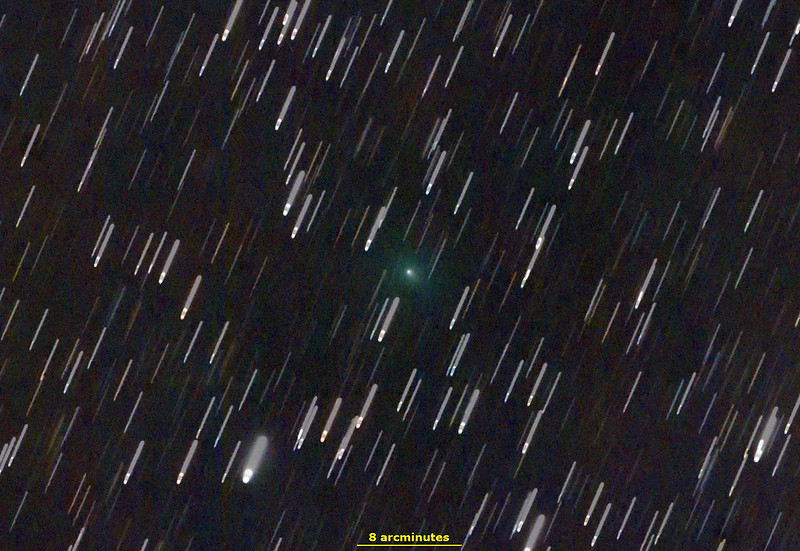Astronomers finally managed to observe a comet nearing the end of its life. And they found that it’s covered in talcum powder. They have no idea why.
It’s usually very tough to observe the nucleus of a comet. When comets come close enough to observe, they become active. Any volatile ices, like water and ammonia, evaporate under the intense heat of the sun, giving them their characteristic coma. While a pretty sight for stargazers, the coma obscures the nucleus.
When comets are far from the sun and inactive, they’re pretty much too far away to observe.
But in 2016 astronomers got lucky with Comet P/2016 BA14 (PANSTARRS). When it was first discovered, it was mistaken for an asteroid, but follow-up observations revealed that it was actually the burnt-out husk of a comet. After so many trips too close to the sun, it had simply lost almost all of its ices.
In March of 2016, a team of astronomers from the National Astronomical Observatory of Japan (NAOJ) and Koyama Astronomical Observatory of Kyoto Sangyo University used the Subaru telescope to monitor the comet as it approached within 3.6 million kilometers of Earth – a rare opportunity to get a (relatively) closeup view of such a strange comet near the end of its life.
They found that the surface of P/2016 BA14 is covered with organic molecules and large grains of phyllosilicate.
On Earth, you may be more familiar with large grains of phyllosilicate as talcum powder.
Analysis of the talcum found that the comet had once been heated to over 330 degrees Celsius, which is far hotter than its current orbit allows. This suggests that at one time the comet managed to pass much closer to the sun.
However, the team isn’t sure if the talcum was there all along – and just exposed once the comet lost its coma – or it formed later on.
“This result provides us a precious clue to study the evolution of comets.” comments Dr. Takafumi Ootsubo, the lead author of this research, “We believe that further observations of the comet nuclei will enable us to learn more about the evolution of comets.”


Astronomers finally managed to observe a comet nearing the end of its life. And they found that it’s covered in talcum powder. They have no idea why.
Chafing